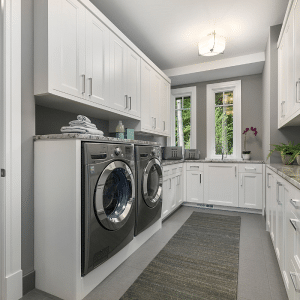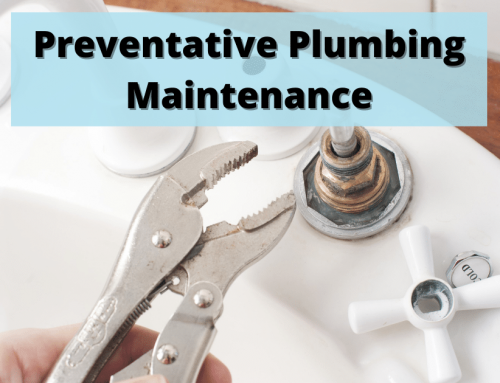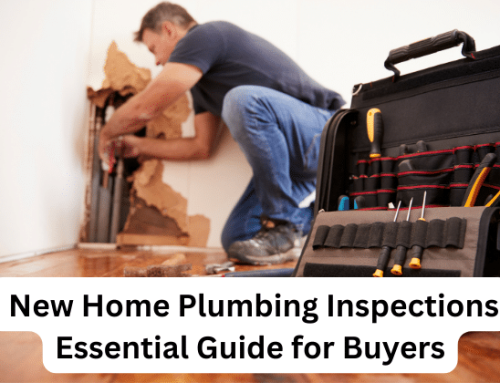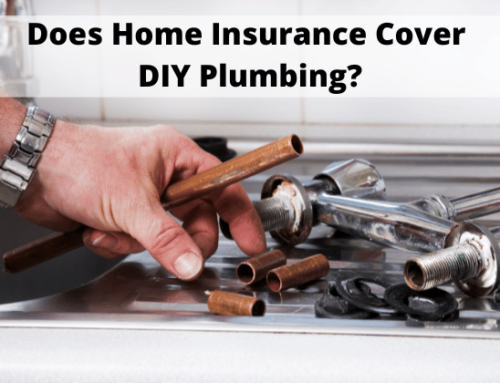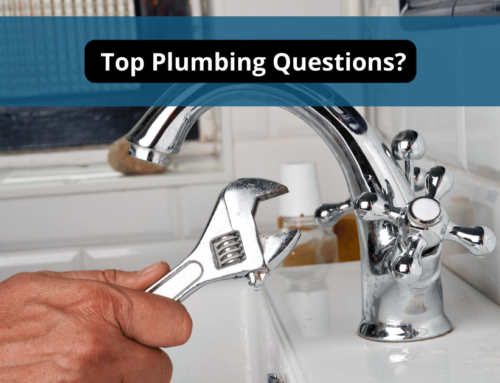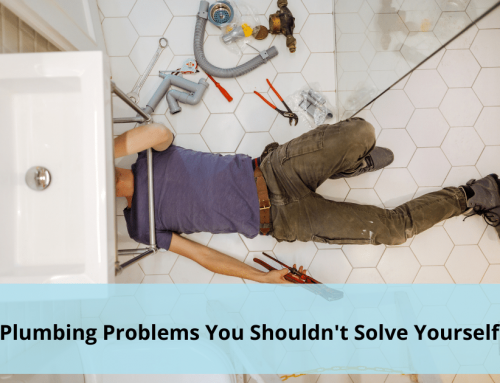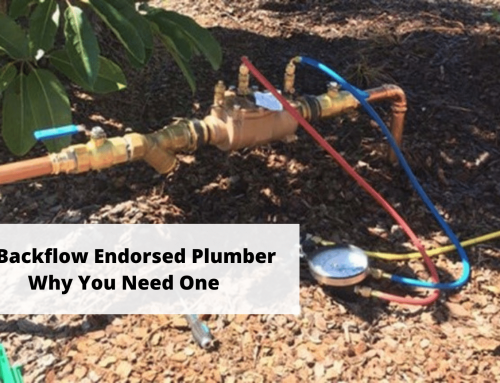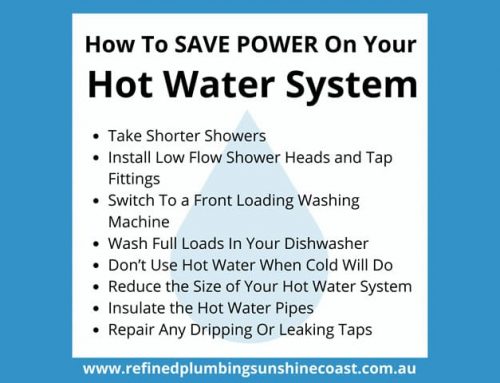These days you’ll hear the term green this and green that. It’s all about living more sustainably and taking care of the planet we live on. But what does being green and green living have to do with your home’s plumbing? In other words, what does it really mean to go green with plumbing?
In this article, we’ll answer that question and offer some tips and advice on how you can make your home more environmentally friendly as far as your plumbing is concerned and potentially save yourself money on your water bills in the process.
Install Water Saving Taps and Shower Heads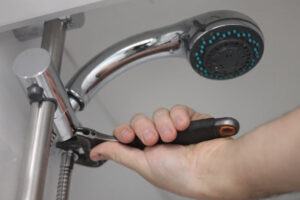
For quite some time now in Australia, Aussie households have had the option of installing taps and showerheads that save a considerable amount of water without really compromising the amount of water flow.
If you think about it, with regular taps and showerheads, we tend to waste way more water than what we actually need to use to wash hands, dishes, our hair and so on. The idea of these modern water-saving showerheads and taps is to somewhat forcibly reduce the amount of water we use to minimise that waste. Anyone who has used a water-saving showerhead will be able to tell you that it rinses just as effectively as a regular one because it all comes down to the design. The way they are made produces a concentrated, strong flow of water without actually increasing the water flow. It’s all about ingenuity.
Use Only Energy Efficient Appliances
When it comes to plumbing, this would include appliances such as dishwashers and washing machines; two devices that have always been prone to consuming copious amounts of water.
As far as washing machines are concerned, front-loading machines use way less water than their top-loading counterparts. There is no loss of quality when it comes to results either. Front-loaders wash just as effectively as a top loader, but with a fraction of the water used.
Dishwashers come in a variety of models and with a focus on protecting the environment and conserving both water and power, dishwashers will come with ratings about how energy efficient they are and how much water they use to do a full load. Choose a model that’s designed to be efficient in both. Not only will it conserve water and electricity consumption, but your water and power bills will be lowered in the process. It’s a win-win situation all around.
Do You Use a Home Sprinkler System?
If you have a home sprinkler system installed to water your lawns and gardens, is it equipped with a timer device to shut it down after a specified period of time? Sprinklers without timer devices will just keep going and going until someone turns it off. The problem with these systems is people sometimes forget the sprinklers are on and they might stay on all night, wasting oceans of water in the process.
If you’re going to install a sprinkler system, or already have one to water lawns and gardens, make sure to attach a timer device that will automatically turn the water off. In all honesty, if you water late in the afternoon or evening, you’ll only need to run your sprinklers for about 15 minutes or so to give the grass, plants and flowers a good drenching. That’s really all it takes, and overnight the water can gradually soak into the ground without being evaporated by the hot sun.
Install a Hot Water Dispenser Under the Kitchen Sink
What happens when you turn the hot water tap on in the kitchen when using a regular hot water system? You have to wait and wait for the water to go from cold to warm to hot. That’s because it has to spend time running through long lengths of pipe to reach the kitchen. This wastes a lot of water while waiting for it to come out hot.
An alternative is to install a small hot water dispenser under the kitchen sink that feeds hot water directly to that sink in an instant. While small, these units heat water extremely quickly and you’ll use far less water because it comes out hot almost straight away. These units also consume way less power than a massive hot water system will use.
A hot water dispenser for your kitchen, or even in the bathroom (wall mounted) is definitely something to seriously think about.
Do Your Toilets Have a Dual Flush System?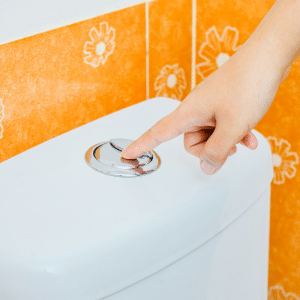
Most of the time the toilet doesn’t require a full flush. A half flush will more than do the job required. If the toilets in your house always perform a full flush, you will be wasting bucket loads of water every single day; especially if a number of people live in the house.
A better idea is to install toilet systems that are equipped with two buttons; one for a full flush and the other one for a half flush. This way people have options when they use the bathroom. Most of the time the option will be a half flush. This saves precious water and also money on those water bills.
Use Insulated Pipes For Your Hot Water
We talked earlier about installing a hot water dispenser beneath the kitchen sink to save water by having hot water arrive directly to the faucet instead of having to wait for it to heat up. Well, another option for saving both water and electricity is to insulate those hot water pipes that feed hot water into the kitchen, bathrooms and laundry.
With insulated piping installed, the water in the pipes takes a lot longer to go cold, so less time running the water waiting for it to heat up.
Talk To Your Plumber About Going Green With Plumbing In Your Home
This article has discussed a number of things you can do to improve the water and power efficiency where your plumbing is concerned. The best thing you can do is call your plumber in to have a discussion about making your home’s plumbing system greener and energy-efficient. Contact the team at Refined Plumbing and go green with your plumbing today!
Original article by Refined Plumbing Sunshine Coast


